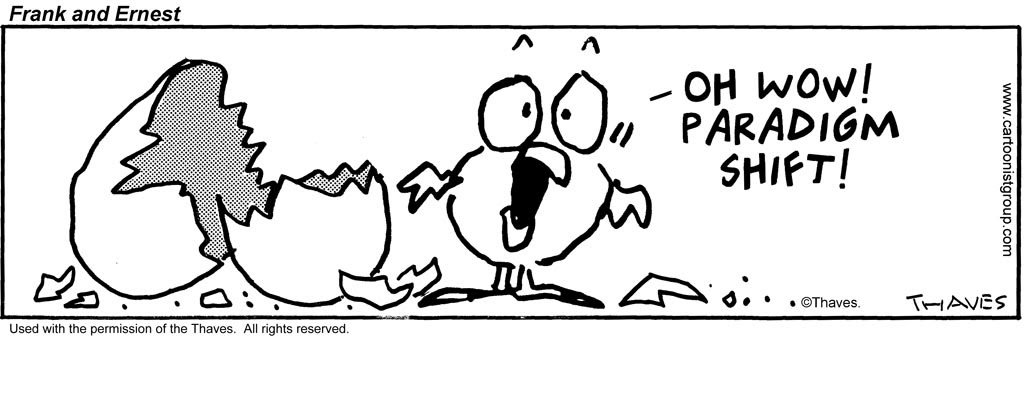Recently, Bob Moffitt, the co-Founder of the Disciple Nations Alliance, sent us an article by Phil Burgess and Mike Metzger titled Sharing God’s Big Story – How the Arts Give Meaning. Burgess is an educator, writer, and businessman, and a frequent speaker and media commentator on political, business, and cultural issues. Metzger is president of the Clapham Institute and writes the wonderful weekly blog Doggy Head Tilt.
As we have argued in this space before, the arts shape culture and culture shapes the political, social, and economic institutions of society. The arts have the power to convey the meta-narrative (worldview) that lies behind a nation. Burgess and Metzger help us understand the need for Christian artists to consciously engage in creating art reflective of a Biblical world and life view. The arts create the place in our imagination that allow us to judge the plausibility of a message. They argue that often the church is not taken seriously because the presentation of the gospel is shallow. Our use of the arts could change that, could lend a serious tone to the hearing of the gospel.
Burgess and Metzger point out another application of the use/misuse of the arts. One of the reasons so much of the Muslim world hates us is because we export our decadence through the arts – our movies, music, and TV. Because so much of today’s art is shaped by atheism, the church is losing this battle. Muslims (and others) see the arts, driven as they are by atheistic paradigms, and reject the West. Imagine if they saw art as God intended it to be expressed!
The discussion is not only relevant to Muslim vs. the West. For any example, why do so many young Christians affirm that pre-marital sex is wrong, and yet have intercourse before marriage? Because the cultural narrative, not the Bible, shapes their lifestyles. They live in a tension between the biblical truths they (claim to) affirm and the decisions they actually make, the latter influenced by the cultural images in which they are immersed. Here is a taste for what Burgess and Metzger write:
Put another way, there is now dissonance or a discrepancy between imagination (formed by the arts via TV and movies) and the truth from Scripture (proclaimed from the pulpit). Psychologists tell us that when dissonance occurs, we try to eliminate it – by rejecting (or accommodating) one of messages that is causing the tension between what we “know” and what we see or are being told.[1]
The ancient Judeo-Christian tradition held that God (the Father, Son, and Holy Spirit) imagined the creation before they began their work. They spoke of it while conceiving it: “Then God said, ‘Let us make man in our image, according to our likeness; and let them rule…’” (Genesis 1:26-28). Because human beings are made in his image, they have the capacity for imagination. As Louise Cowan has said, “If we’re made in the image of God, it’s not so much in our analytical reason, as it is in our imagination.”[2] The core of our being is our imagination…..
Because the arts are upstream, they both reflect and advance a society’s hopes and dreams, its attitudes and patterns of thought, and its understanding of what human life is and ought to be. This view is reflected by some groups of politically-placed people in Washington, D.C., who are also thoughtful, serious, and culturally-engaged Christians, people who understand the need to get upstream of politics. Unfortunately, many groups of Christian elected leaders come together on a regular basis simply to share their own privatized faith, focusing on their own personal salvation while declaring both politics and reform of the culture to be out of bounds. [3]
Burgess and Metzger conclude their paper:
If the goal of Christian missions is merely conversion and church growth, then the arts are ancillary. But if the goal is discipleship and conformity to the will of God and “Thy Kingdom come, they will be done on the earth,” then the arts are essential to redemption and restoration.”
If this whets your appetite, read Sharing God’s Big Story – How the Arts Give Meaning. –
– Darrow Miller





